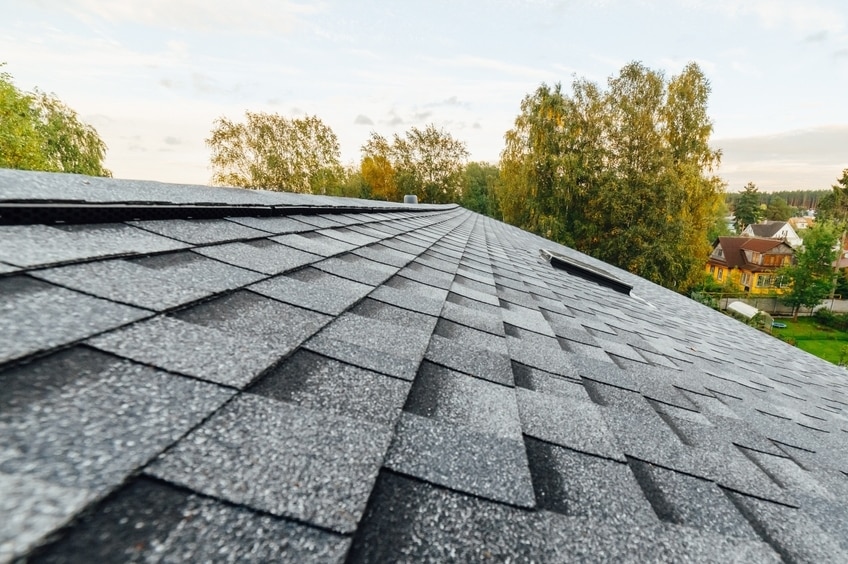Winter weather isn't always the most friendly to a roof. This means that spring is the perfect time to inspect your roofing system and ensure everything remains in stable condition after a harsh winter.
A roof inspection can highlight damage to areas such as the gutters, flashing, and shingles as well as indicate where your roof might need maintenance. This checklist features some of the most important spring roofing tasks you can do to ensure your roof remains in good health for future seasons.
1. Clean Out Gutters and Downspouts
Clean gutters and downspouts provide a way for water to drain out far from your roof and foundation. During colder months, they're prone to getting clogged with leaves, tree needles, and dirt. When debris blocks water's escape route, the moisture can deteriorate your roof and lead to leaks and damage.
To clean the gutters, safely use an approved ladder and remove any debris inside using work gloves. Once you clean the area, carefully flush out the remaining debris in the gutters and downspouts with water from a garden hose. If your gutters are not easily accessible, there are companies who provide gutter cleaning services, including roofing contractors who can also provide a roof inspection.
2. Inspect Your Shingles
Winter can be a rough time for a roof, and your shingles often receive the hardest blow. Snow buildup, ice dams, and excess moisture can all deteriorate your shingles over time. Depending on the roof layout, you may be able to spot damaged shingles from the ground.
Look out for missing, curled, or stained shingles.
Missing shingles are easy to spot from the ground. The gaps they create allow water to enter the home, making this one of the most vital spring roofing tasks.
Curled shingles may stem from typical wear and tear, but they could also point to improper installation or a lack of attic ventilation.
Stained shingles or algae can indicate water buildup around the area
If you notice many missing or damaged shingles, it may be worth considering whether you need to inquire about repairs or replacing the entire roof.
3. Look Out for Attic Mold
It's never a bad idea to inspect your attic after a season ends. Mold in the attic often results from improper attic ventilation and condensation. When moist air gets stuck inside the attic, the humidity creates the perfect environment for mold growth.
In early spring, inspect your attic for dampness or dark stains, which can indicate mold. Mold spreads quickly—get it removed as soon as you spot any signs. To stop mold from returning, the area needs proper ventilation.
4. Look for Algae and Mildew
Algae and mildew are common sights on roofs after a long winter, since moisture provides the perfect environment for both to thrive. There are roofing shingles with algae-fighting technology that can help fight back against staining caused by blue-green algae.
Make cleaning your roof part of your regular spring roofing maintenance. There are companies who specialize in this and suggest reaching out to a professional who provides this service.
5. Inspect Flashing
Flashing protects the most vulnerable areas of your roof, including the chimney, valleys, and vents. Use binoculars to safely inspect the flashing from the ground—avoid actually getting on your roof as footsteps can also loosen the granules that provide protection. Watch out for rust staining and cracked caulking by the roof flashing.
If you see any problems, call a pro to replace or recaulk your flashing and ensure it's thoroughly sealed in preparation for the years ahead.
Finding a quality roofer isn't always the easiest thing. If you want a spring roof check, make sure to hire a professional roofing contractor*.
*Contractors enrolled in GAF certification programs are not employees or agents of GAF, and GAF does not control or otherwise supervise these independent businesses. Contractors may receive benefits, such as loyalty rewards points and discounts on marketing tools from GAF for participating in the program and offering GAF enhanced warranties, which require the use of a minimum amount of GAF products. Your dealings with a Contractor, and any services they provide to you, are subject to the Contractor Terms of Use.

